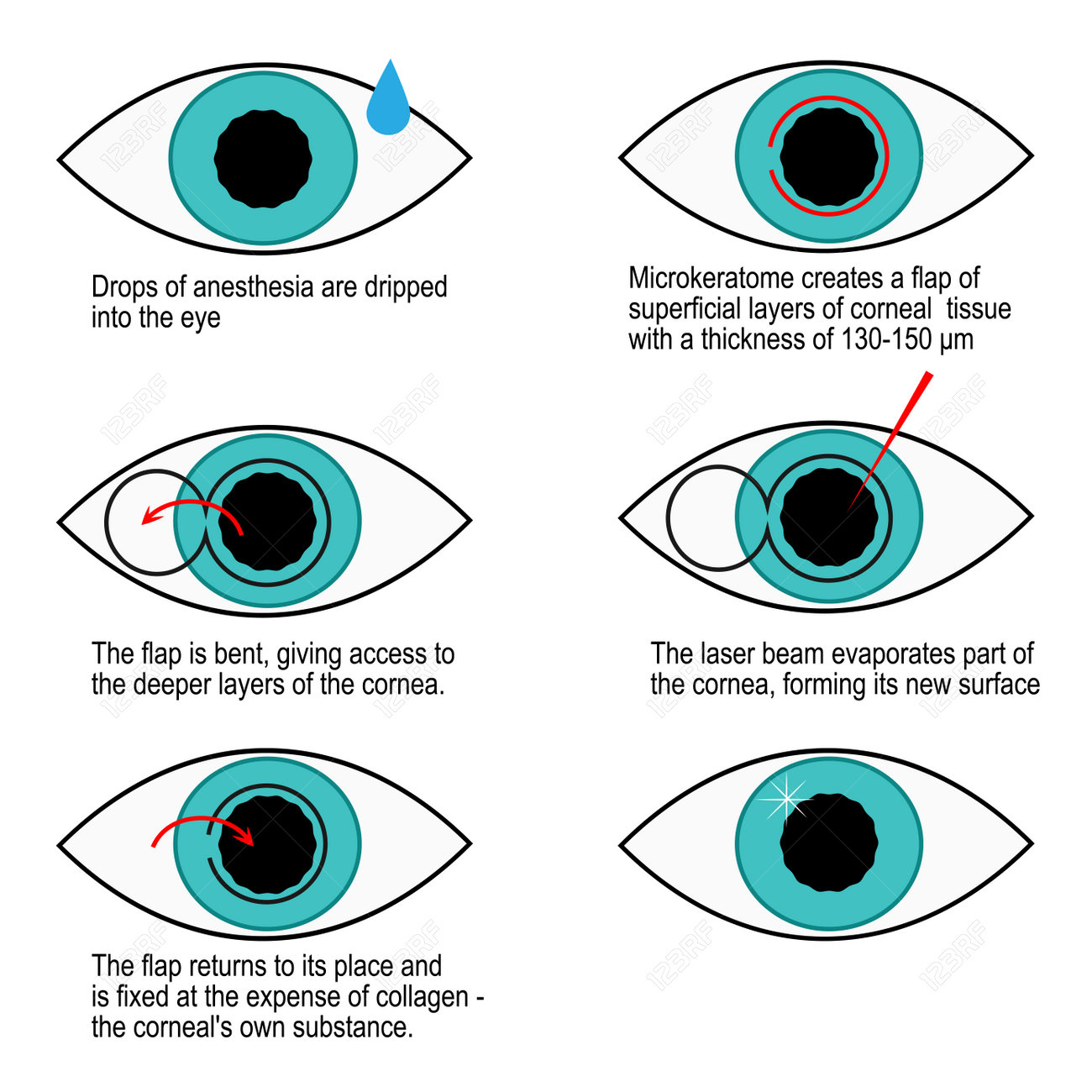Writer-Bilde Sandberg
Have you ever thought about Refractive Lens Exchange (RLE) as an alternative for vision improvement? While on front page isn't as commonly gone over as LASIK, RLE could be a game-changer for your sight. Lots of people ignore its advantages, assuming traditional approaches are their only choice. However what are the actual advantages, and what might your optometrist not be informing you regarding this treatment? Let's discover the ins and outs of RLE with each other.
Understanding Refractive Lens Exchange: The Essentials
Refractive lens exchange (RLE) is a surgical procedure that can considerably enhance your vision, specifically if you're handling presbyopia or extreme refractive errors.
During RLE, your eye cosmetic surgeon removes your eye's natural lens and changes it with a synthetic one customized to your vision requires. This treatment can fix nearsightedness, farsightedness, and astigmatism, offering you clearer vision without relying on glasses or get in touch with lenses.
The surgical treatment is usually quick, taking less than an hour, and many people experience marginal pain. Recuperation is reasonably fast, permitting you to return to your day-to-day tasks soon after.
If you're considering RLE, seeking advice from your optometrist can help you identify if it's the appropriate selection for you.
Key Distinctions Between RLE and Standard Cataract Surgical Treatment
While both refractive lens exchange (RLE) and standard cataract surgery include changing the eye's natural lens, their key goals and patient profiles vary dramatically.
RLE is focused on people seeking to minimize their dependancy on glasses or contact lenses because of refractive mistakes, often prior to cataracts develop. In contrast, typical cataract surgical procedure typically targets patients that have actually created cataracts, which cloud the lens and harm vision.
The lenses utilized in RLE can supply a wider range of vision modification, while standard cataract surgical treatment generally involves basic monofocal lenses.
In Surface , RLE candidates are usually more youthful and in great total wellness, whereas cataract people may be older and have other health and wellness worries.
Choosing the appropriate treatment depends on your specific vision demands and situations.
Possible Advantages and Considerations of RLE
If you're taking into consideration refractive lens exchange (RLE), you'll discover numerous possible advantages that may enhance your lifestyle.
RLE can offer you with more clear vision, reducing or removing the demand for glasses or contact lenses. It offers a possibility to deal with presbyopia and other refractive errors concurrently, often enhancing your total visual acuity.
In addition, RLE can be a great alternative if you're not an appropriate candidate for LASIK. However, it is essential to weigh the considerations, like the price, potential risks, and the healing duration.
Reviewing your specific demands with your ophthalmologist can aid you make an educated choice, guaranteeing you pick the most effective course for your vision adjustment.
Final thought
Finally, refractive lens exchange supplies an unique solution for vision modification that surpasses what LASIK can provide. It's important to evaluate the advantages against potential threats and prices prior to making a decision. Don't think twice to ask your ophthalmologist the difficult concerns to ensure you totally comprehend the treatment and its ramifications for your vision. With the appropriate details, you can confidently choose the most effective choice for your eyes and way of life.

